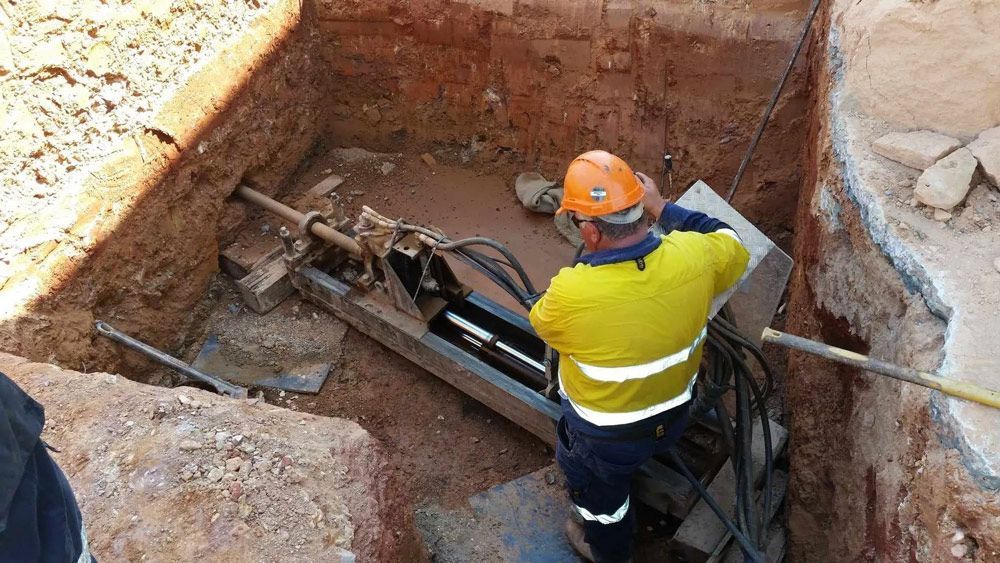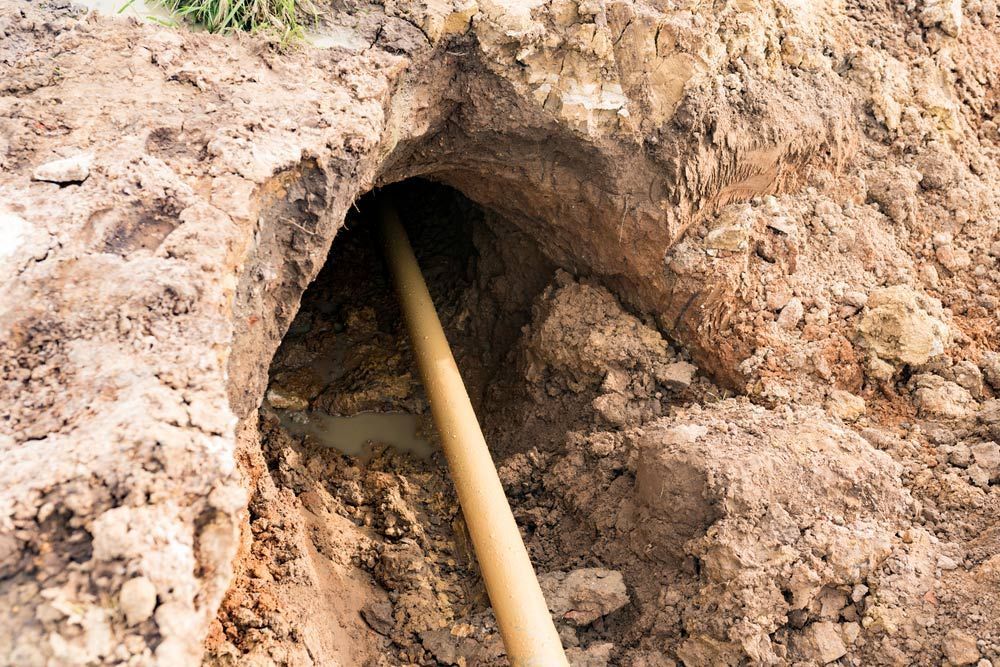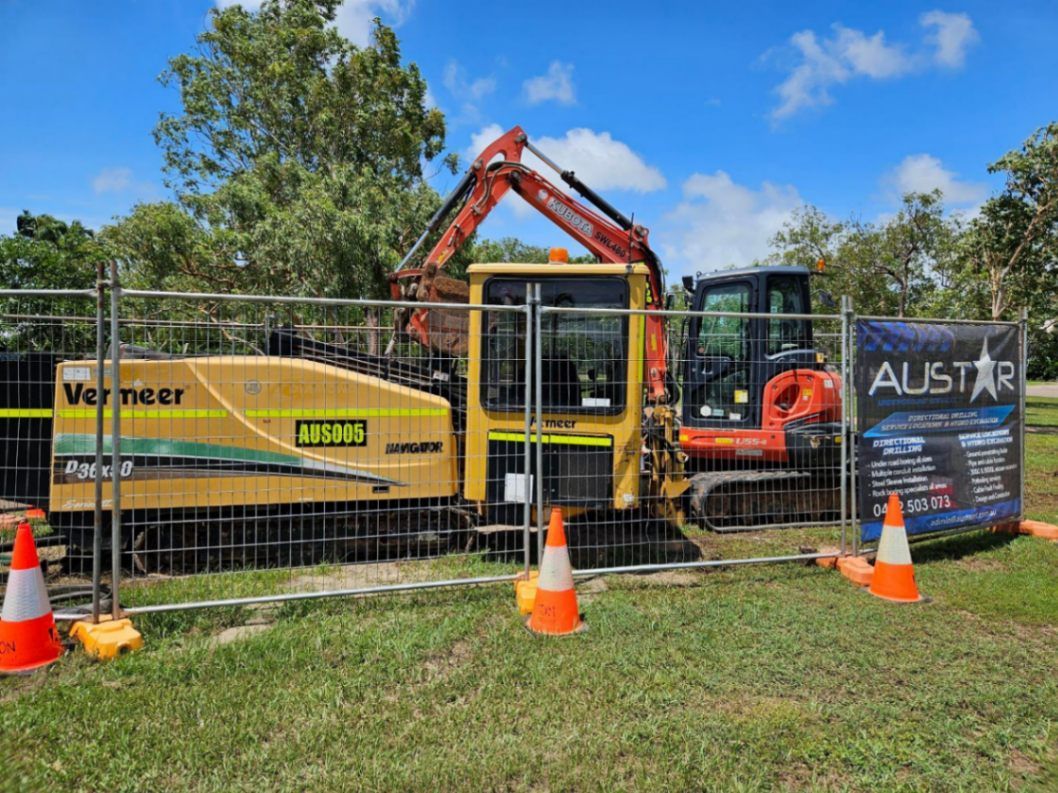3 Applications Of Directional Drilling
Directional drilling is an innovative technique that has transformed various industries, from mining to utilities. It allows precise, controlled drilling to navigate obstacles and reach targets with minimal disruption. In this blog, we’ll explore the applications of directional drilling in detail.
1. Directional Drilling in the Mining Industry
Directional drilling plays a crucial role in the mining industry. This technique enables miners to extract valuable resources from beneath infrastructure or environmentally sensitive areas without the need for extensive surface excavation. It minimises surface disruption, preserving the environment while maximising resource recovery. For instance, drilling horizontally beneath a river to reach mineral deposits on the other side ensures the waterway remains undisturbed.
Safety is critical in mining and directional drilling enhances this by reducing the need for open-pit mining, which can be hazardous and disruptive. It allows for precise targeting of ore deposits, reducing the risk of collapse and improving the overall safety of the operation.
2. Optimising Utility Installation
Directional drilling is a game-changer for utility installation, providing a less invasive and more efficient method for laying pipes and cables. Traditional trenching methods require extensive digging, which can damage roads, sidewalks and landscapes. In contrast, directional drilling requires only a small entry and exit point, leaving the surface largely intact.
This method can significantly reduce the time and cost associated with utility installation. With less digging and restoration required, projects can be completed more quickly and with fewer resources. This efficiency is particularly valuable in urban areas where minimising disruption is crucial.
3. Solving Geological Challenges
Geological challenges are common in many drilling projects, particularly when working in areas with varied and unpredictable subsurface conditions. Directional drilling provides a solution to these challenges, offering a flexible and adaptable method that can navigate through difficult terrain. It helps penetrate hard rock formations, which is a significant challenge in many projects. Moreover, its ability to steer the drill bit precisely means that subsurface voids, such as caves or old mine shafts, can be detected and avoided.
One of the key strengths of directional drilling is its adaptability. This method can be adjusted to suit a wide range of geological conditions, from soft soils to hard rock, providing a versatile solution for diverse drilling projects. By using advanced steering and monitoring systems, drill operators can navigate complex subsurface conditions with accuracy, ensuring that the drill reaches its target without deviation.
Looking for Directional Drillers in Darwin?
At Austar Underground Service Pty Ltd, we offer directional drilling in Darwin for a wide range of industries and applications. Our advanced drilling techniques and experienced team can help you achieve your project goals with minimal disruption and maximum efficiency. If you want to leverage the benefits of directional boring in Darwin, contact us today!









